Search the Special Collections and Archives Portal
Search Results
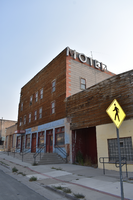
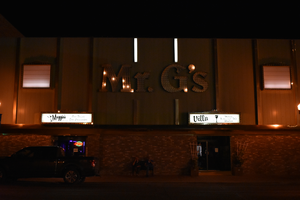
Mr. G's wall mounted signs, Ely, Nevada
Date
2016 (year approximate) to 2020 (year approximate)
Archival Collection
Description
View of Mr. G's during the day and at night, neon is partially lit at night.
Image
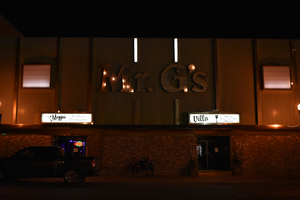
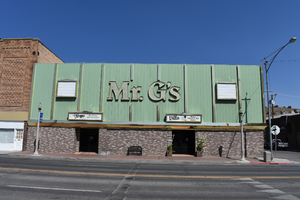
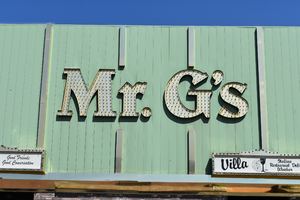
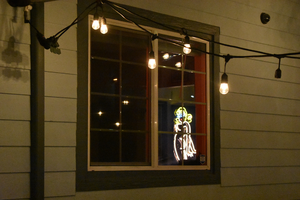
Naked Lady window sign, Reno, Nevada
Date
2016 (year approximate) to 2020 (year approximate)
Archival Collection
Description
View of a naked lady neon sign in an unspecified location.
Image

Nevada Club wall mounted signs, Ely, Nevada
Date
2016 (year approximate) to 2020 (year approximate)
Archival Collection
Description
Day and night views of the sign for the Nevada Club, a part of Hotel Nevada. The miner is unlit at night.
501 E Aultman St, Ely, NV 89301
Image
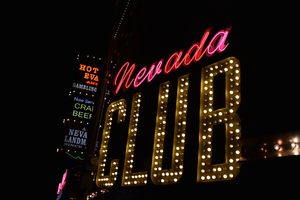
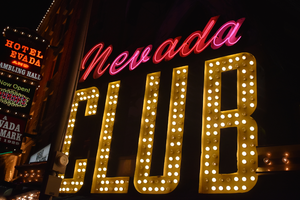
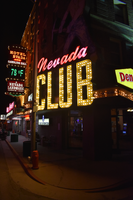
Pagination
Refine my results
Content Type
Creator or Contributor
Subject
Archival Collection
Digital Project
Resource Type
Year
Material Type
Place
Language
Records Classification
